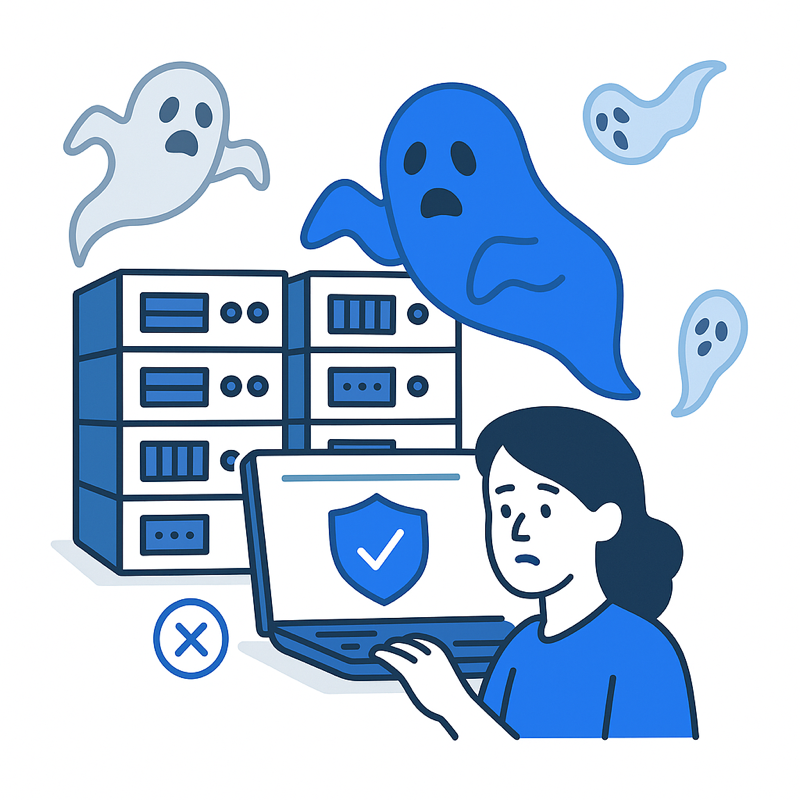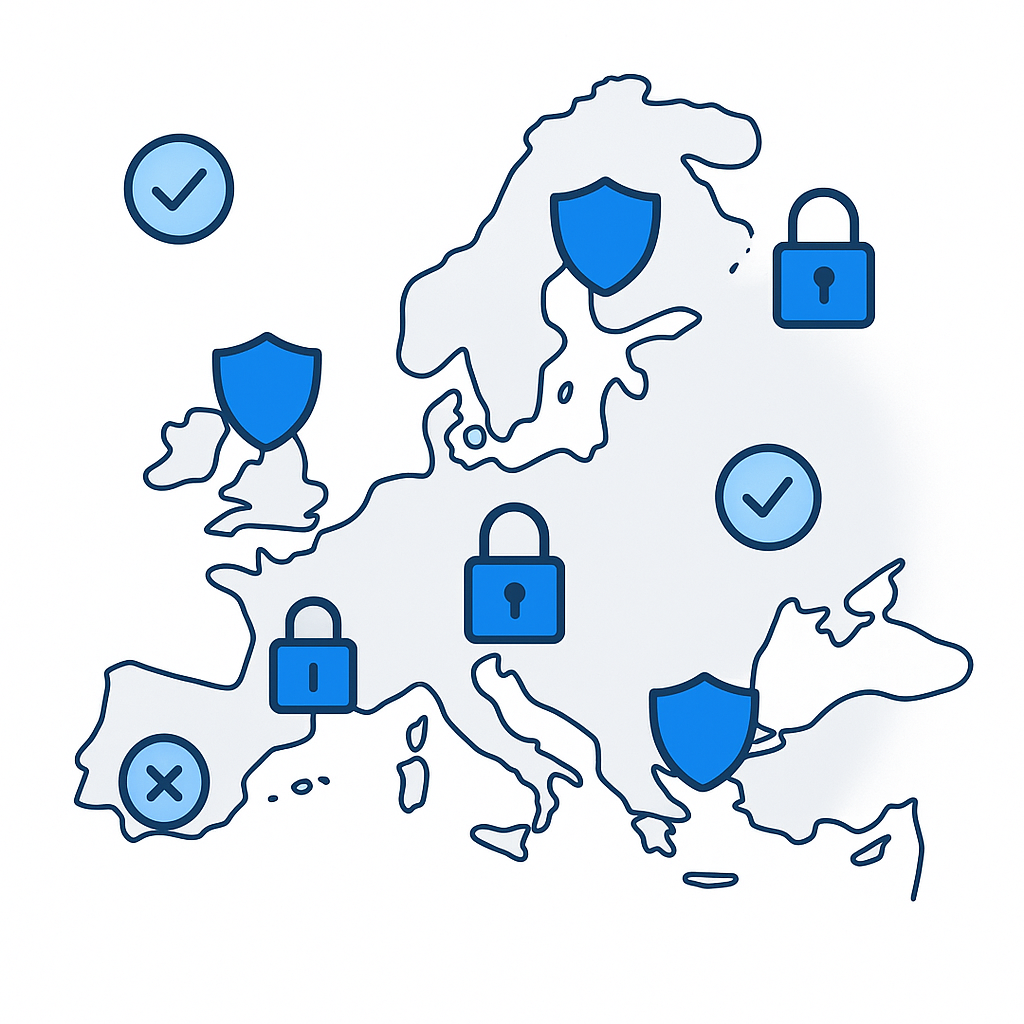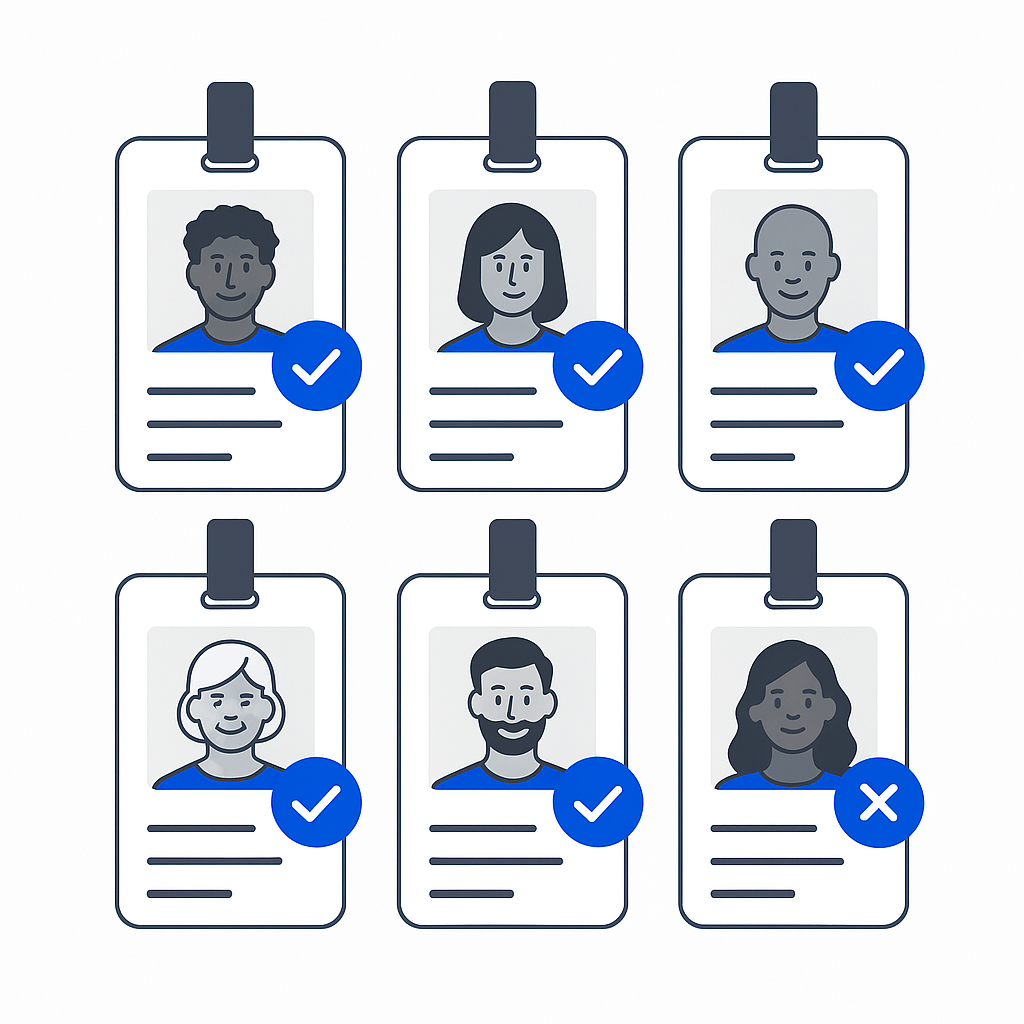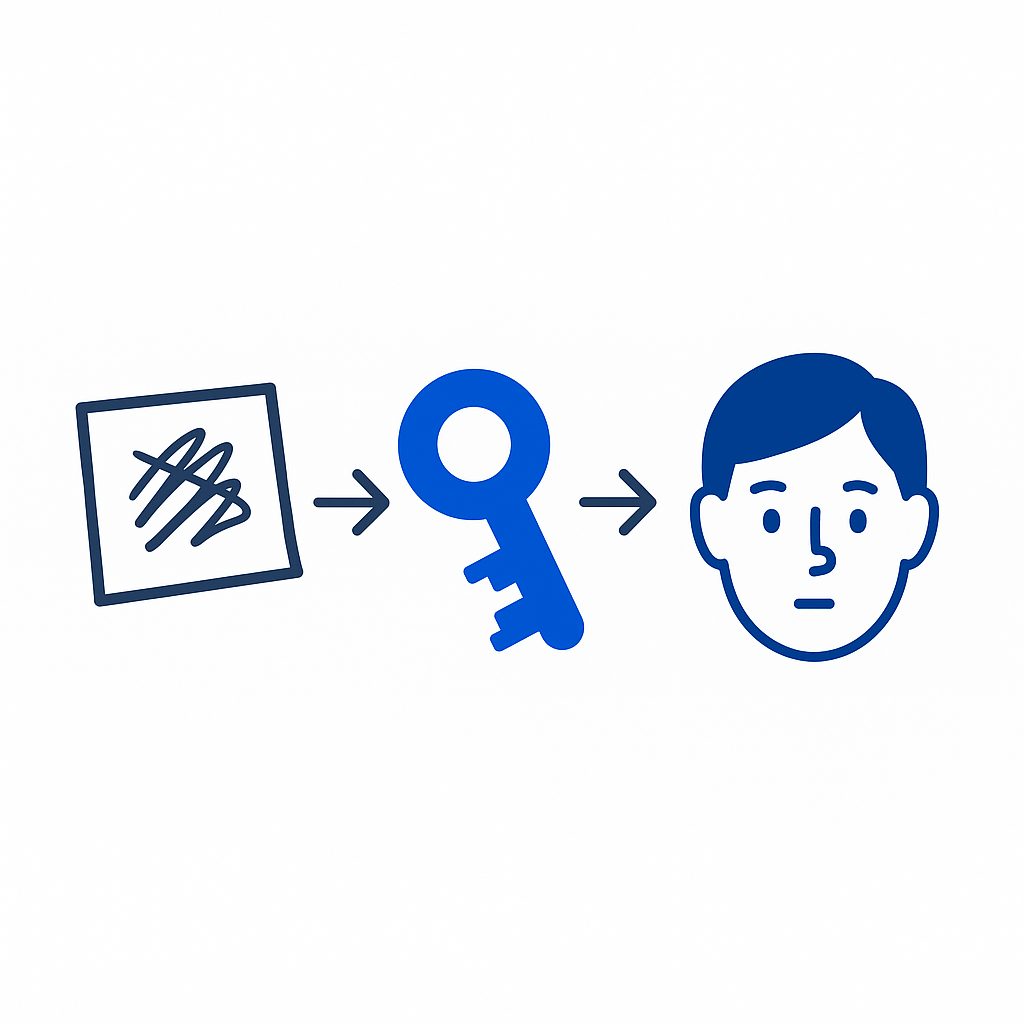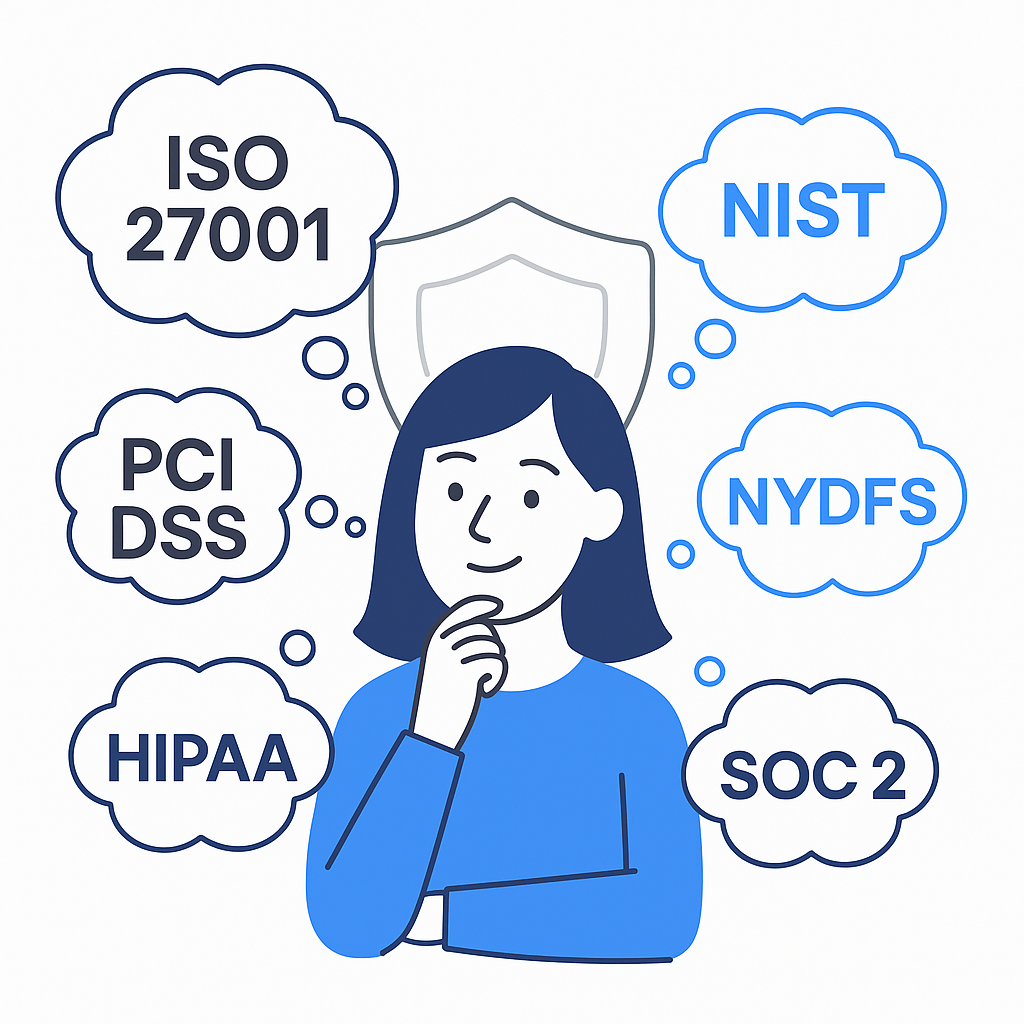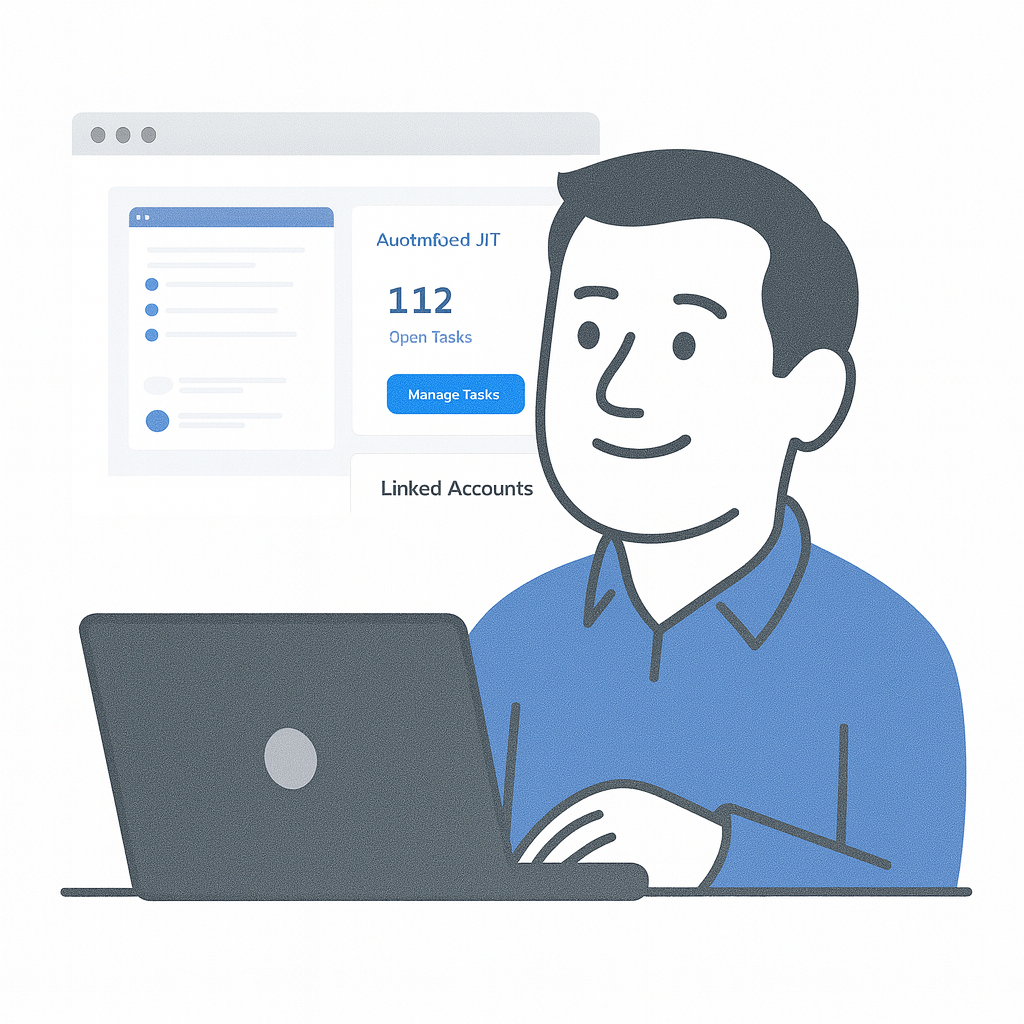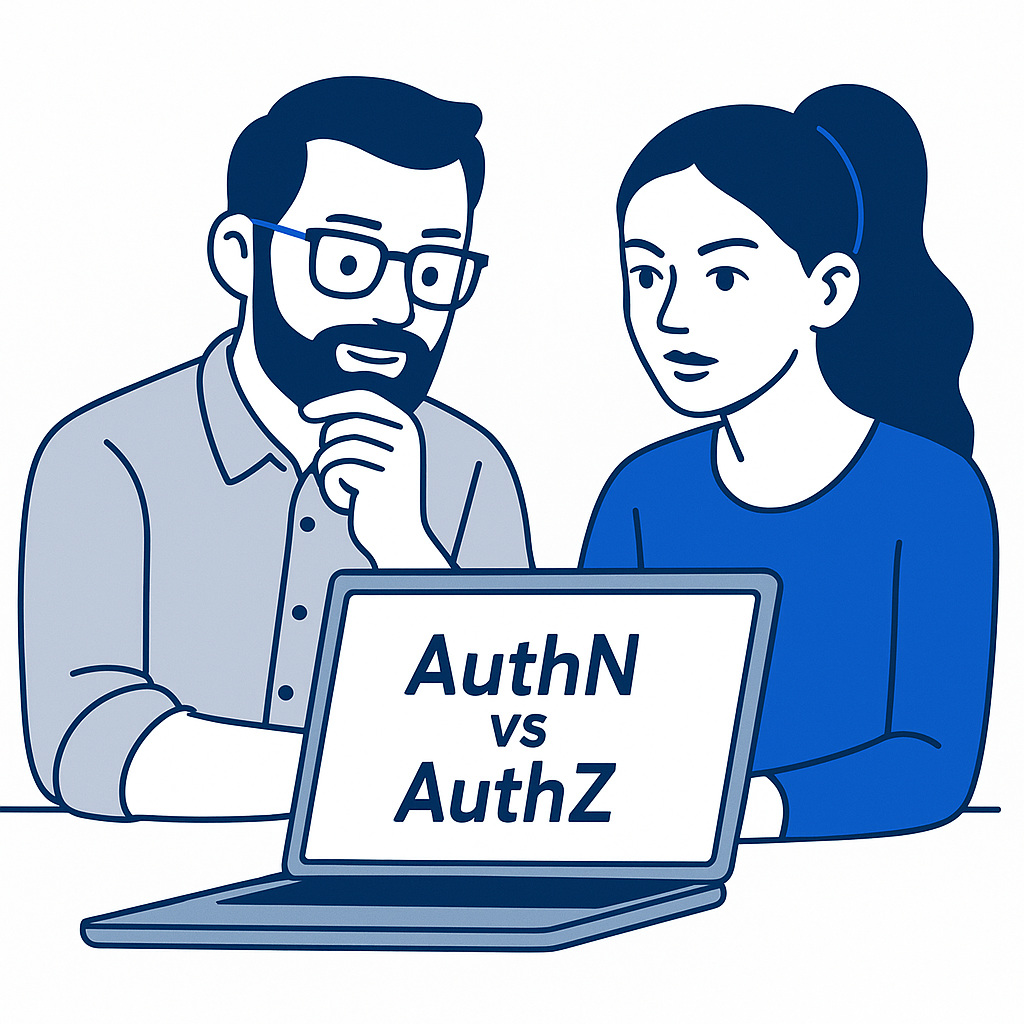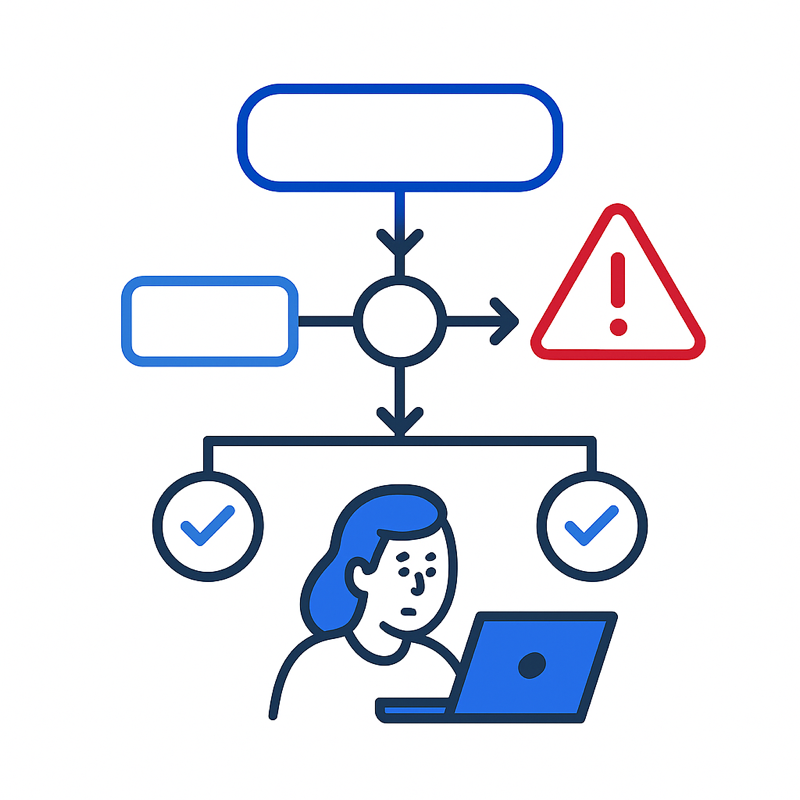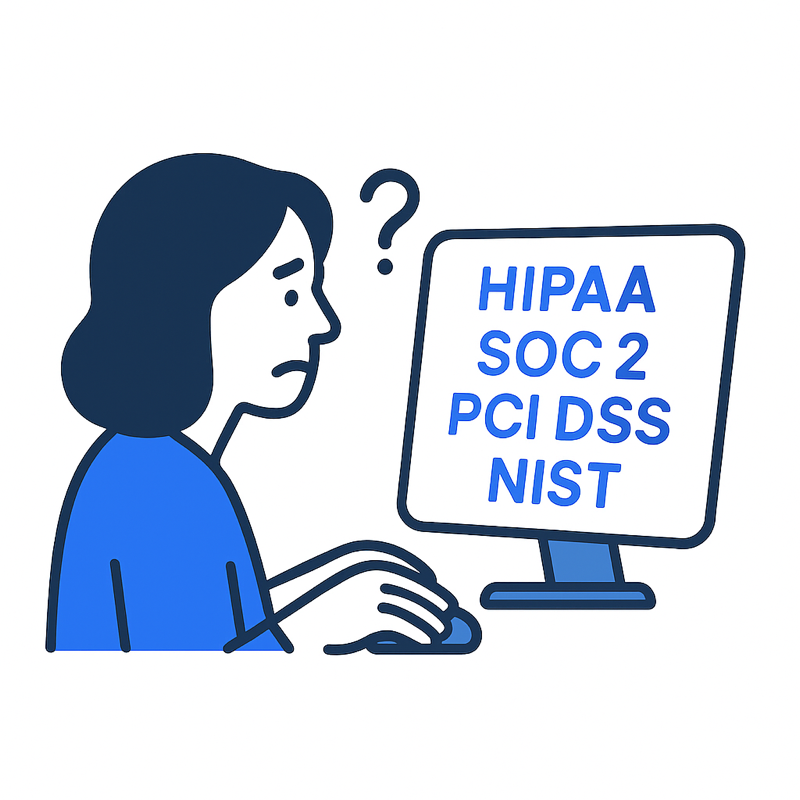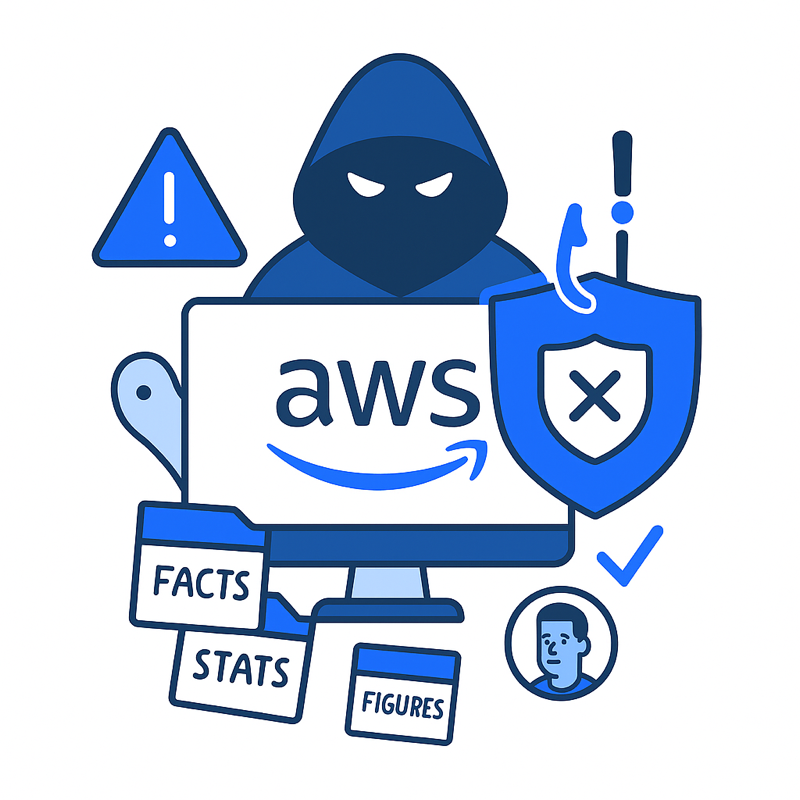AI Security: Why Just-in-Time Access is the Lifeline Enterprises Didn’t Know They Needed
“You know what happened to the last guy who trusted Skynet? He’s dead.”
– Terminator: The Sarah Connor Chronicles
The artificial intelligence (AI) revolution didn’t arrive with trumpets or fireworks. It crept in through Slack bots, customer service agents, and those clever little scripts designed to “make life easier.” Now, as enterprises scrabble to scale their use of AI, they’re waking up to a strange new reality. Their virtual workforce, the bots, agents, and automated scripts that hum away quietly in the background, has quietly overtaken their human staff in sheer numbers. It’s efficient. It’s transformative. It’s a welcome game-changer. And it’s a massive security problem waiting to explode.
Picture this: a mid-sized financial services company leans heavily on generative AI for predictive analytics and customer engagement. Every department has deployed their own assortment of AI agents. A marketing bot pulls data from CRM systems. A finance script crunches numbers in the cloud. An HR chatbot manages internal queries. The humans go home at five. The bots keep working. And yet, many of these digital agents were provisioned with admin privileges months ago, privileges no one ever revoked because no one remembered they existed.
That’s the problem. Sinister, right?
This isn’t just bad housekeeping. It’s an open invitation for attackers. Bots have identities too, and they need to be managed with the same rigor as any human user’s credentials. Yet too many organizations are still operating in an era where access is permanent by default. When AI agents are left holding the keys to the kingdom, an exploit is only a missed patch or API vulnerability away from catastrophe.
AI agents usually rely on API keys or service tokens. Once attackers snatch these credentials through phishing or token theft, they can masquerade as legitimate agents and access cloud resources. Many AI bots run with admin-level access “just in case.” Attackers exploit that excess power to escalate control, going from a compromised agent to full system access. Cloud environments are no longer just about securing humans. AI agents now act like digital employees with scarce oversight, permanent creds, and unchecked privileges. All it takes is one prompt injection or stolen token to trigger a full-blown breach.
This is where just-in-time (JIT) access comes in. If permanent access is a relic of a more trusting time, JIT is the antidote for a justifiably paranoid, zero-trust world. Rather than provisioning AI agents with standing privileges, JIT gives them exactly the access they need, exactly when they need it, and for exactly as long as they need it. No more. No less.
Let’s consider Trustle’s approach to cloud identity and privileged access management. We recognize that identities are no longer confined to employees and contractors. Identities now include service accounts, scripts, IoT devices, and yes, AI agents. Trustle facilitated the discovery of these identities, continuously monitoring what they can access and revoking privileges that are no longer necessary. When an AI agent needs access, it’s granted dynamically, only for the duration of the task. When the task completes, the access evaporates like mist in sunlight. There’s no standing access to abuse because there’s no standing access at all.
That’s the solution. Reassuring, right?
This model solves several problems in one stroke. First, it dramatically reduces the attack surface. If an attacker compromises an AI agent, there are no dormant admin privileges to exploit. Second, it helps organizations meet compliance requirements. Regulators are increasingly interested in how companies manage non-human identities. Demonstrating a JIT approach shows you’re serious about minimizing risk.
Third, it aligns with the unpredictable, ephemeral nature of modern AI workloads. Unlike human employees, AI agents don’t work fixed hours or keep to predictable routines. Automated AI processes chug away unchecked in the background. They spin up and down in seconds, execute a job, and vanish. Managing them like static users makes as much sense as keeping the lights on in an empty office all weekend. JIT flips the model, provisioning access only when activity happens.
AI Security = Sensible Caution
AI isn’t coming for your job; it’s already running your workflows. But without controls like just-in-time access, it could just as easily open the door for attackers. Sensible caution now means fewer sleepless nights later. Treat your bots like the powerful identities they are, or we risk becoming the next cautionary tale in the AI security playbook.
If you’d like to know more, please get in touch for a no-obligation chat on operationalising AI with best practice security. We’re here to help.







